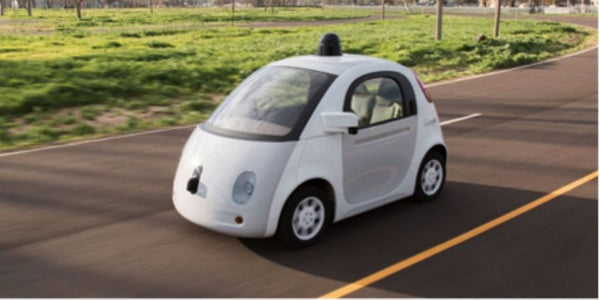
Self Driving Cars and the Need for STEAM Education
While new technology typically excites and generates interest, there are some leaps forward that leave individuals skeptical, questioning either the relevance of the invention or even the advisability of its usage in terms of ensuring overall public safety. Such has been the case with the development of the autonomous car. Uber, which recently unveiled its design of the driving pilot, is rivals with the company Lyft, an organization that has been allocating funds to researching and projecting the widespread incorporation of self-driving cars. In January of this year, Lyft announced that its design of self-manned vehicles would be available to the average citizen for use beginning next year, vehicles that will be able to drive along fixed routes safely navigated (presumably) by the car’s installed technology.
Although this invention would appear to be inherently beneficial, as it would create jobs in manufacturing and research and potentially minimize auto accidents, opponents claim that the inverse is actually more accurate. That is to say, the push for self-driving cars would reduce the amount of jobs available, particularly for those who depend on transportation services for employment. Additionally, the prospect of having self-driving cars rely solely on computer programming, whose certainty in operation is not always guaranteed, could result in a larger amount of accidents and traffic fatalities.
The idea of self-manning machines is not novel. In fact, in the early 1900s, there was a great outcry at the widespread introduction of the passenger elevator. Until this time, elevator operators guided the cars to level stops by hand, but with the incorporation of the man-less operator and its mode of self-service, the public was immediately frightened by the prospect of a self-guiding box and strikes leveled by elevator operators swept large cities like New York. To quell the anxiety and bitter sentiment against this new invention, advertisements reminded users that automatic elevators were indeed safe. This claim was reiterated by the soothing recorded voice which was played in many commercial elevators, a voice that assured the public that, if anything went wrong, a big red button could be pressed which would immediately bring the elevator to a halt. Today, few of us feel anything other than casual claustrophobia when we step into a self-moving box and travel up or down a few floors.
While the actual techniques and mentality motivating the invention process of the self-driving car were largely rooted in the application of STEM knowledge, the integration of this mechanism into society will only be successful with the aid of other disciplines, particularly that of psychology. This makes us reflect on how to prepare the engineers of tomorrow. While many educators have celebrated the progress of STEM education and its focus on preparing students for the 21st century with skills in science, technology, engineering and math, others have worried that this high-tech push has come at the expense of the humanities and liberal arts. For the innovation that brought us the self-driving car to continue, students need a robust STEAM education (with the A standing for the arts). Technological literacy includes understanding human behavior and its impact on the reception of inventions as technology emerges. As in the case of the self-driving cars, manufacturers must provide sufficient education as to the operation of the vehicle, in addition to the reassurance that this invention is an overall positive societal advance. Continuing to invest in both the humanities and sciences will only foster greater creativity and inevitable astounding discoveries and inventions.









